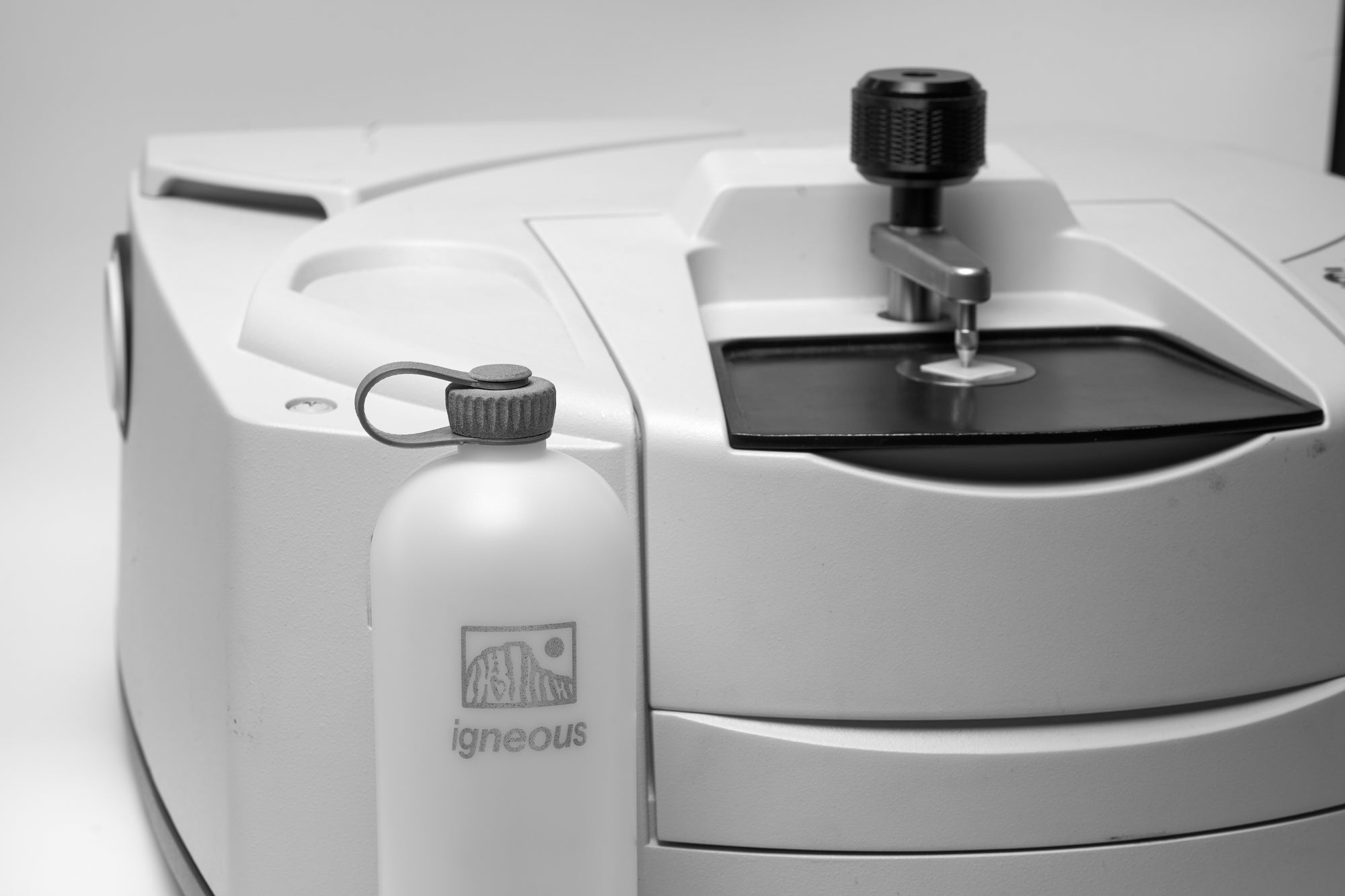Packing light is an art form. It's about striking the perfect balance between carrying only what you truly need and ensuring you're well-prepared for your journey. Minimalist backpacking is not about deprivation; it's about intentionality. Here are some tried-and-true tips and tricks to help you master the art of packing light without sacrificing essentials.
1. Embrace a Minimalist Mindset
Before you even begin packing, adopt a minimalist mindset. Ask yourself: "Do I really need this?" Often, we pack for the 'what ifs' rather than the certainties. By focusing on the essentials and being intentional with every item, you'll naturally reduce your load.
2. Choose a Smaller Backpack
It might sound counterintuitive, but starting with a smaller backpack can be a game-changer. It forces you to prioritize and prevents overpacking. Plus, modern backpacks in the 40-50L range are designed with ultralight backpacking in mind, offering ample space for essentials.
3. Opt for Multi-Functional Gear
Items that serve multiple purposes are gold in the world of minimalist backpacking. Think a spork (spoon + fork), a bandana (for cooling, cleaning, or protection), or a sleeping bag that doubles as a quilt. By reducing the number of items you carry, you save weight and space.
4. Reassess Your Shelter and Sleep System
Your shelter and sleep system are likely the heaviest items in your pack. Consider switching to a lightweight tent or even a tarp. As for sleeping bags, modern quilts offer warmth at a fraction of the weight and bulk.
5. Rethink Your Wardrobe
Instead of packing clothes for every possible scenario, focus on layering. Choose moisture-wicking, quick-drying fabrics that can be easily layered. Remember, it's often more efficient to wash a piece of clothing during your trip than to carry multiples.
6. Limit Food Weight with High-Calorie Options
Opt for high-calorie, nutrient-dense foods that offer more energy per gram. Dehydrated meals, nuts, seeds, and energy bars can be both lightweight and nourishing. Remember to plan your meals and avoid carrying excess food.
7. Use Travel-Size Toiletries
Instead of carrying full-sized toiletries, opt for travel-sized versions or transfer liquids into smaller containers. Better yet, consider solid toiletries like soap bars, shampoo bars, and toothpaste tablets.
8. Re-evaluate Your First Aid Kit
While it's crucial not to skimp on safety, many commercial first aid kits contain items you likely won't need. Customize your kit based on the trip's length, location, and your personal needs.
9. Go Digital
Instead of physical maps, books, or entertainment, consider using digital versions on a lightweight device. Many smartphones can double as e-readers, cameras, and GPS devices, reducing the need for multiple gadgets.
10. Practice and Refine
After each trip, evaluate what you used and what you didn't. Over time, you'll get a better sense of what's truly essential for your adventures, allowing you to refine your packing strategy.
In Conclusion
Minimalist backpacking is a journey in itself. It's about discovering what you truly need and understanding the freedom that comes with carrying less. By embracing the art of packing light, you'll not only reduce your load but also enhance your connection with the great outdoors. Remember, it's not about sacrifice; it's about making intentional choices that elevate your backpacking experience.



